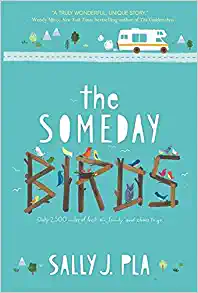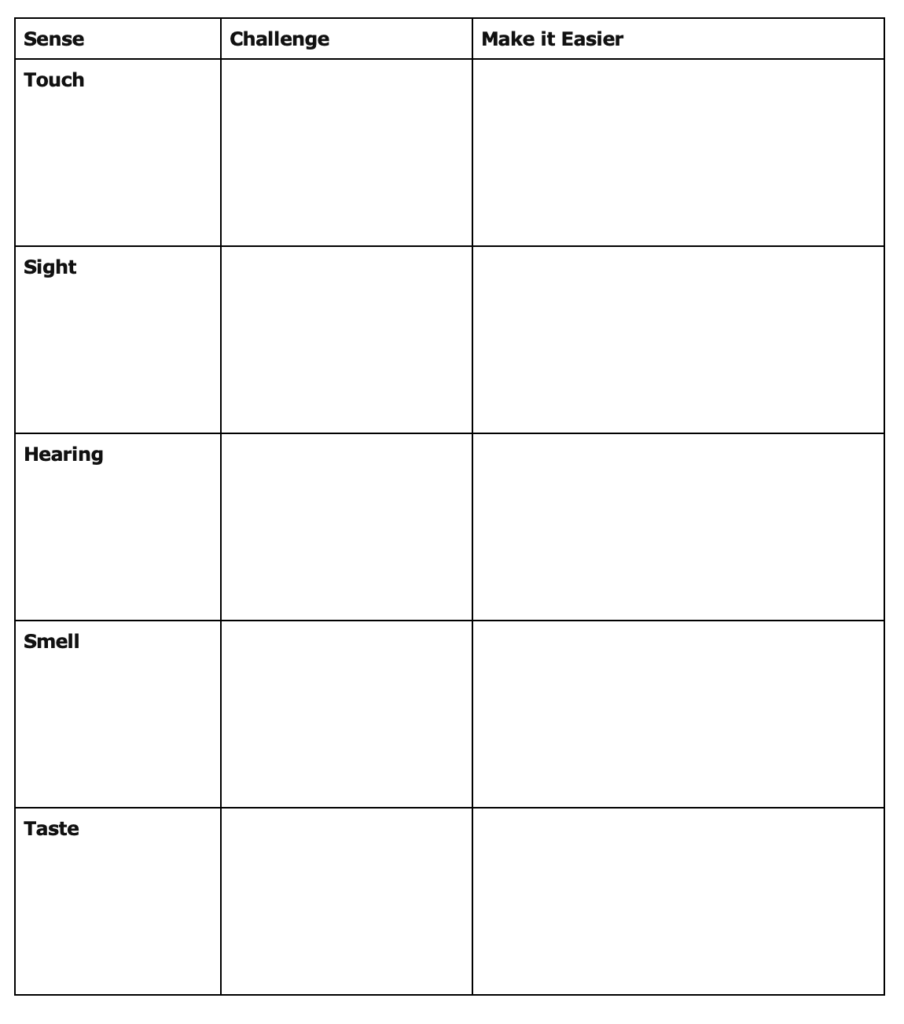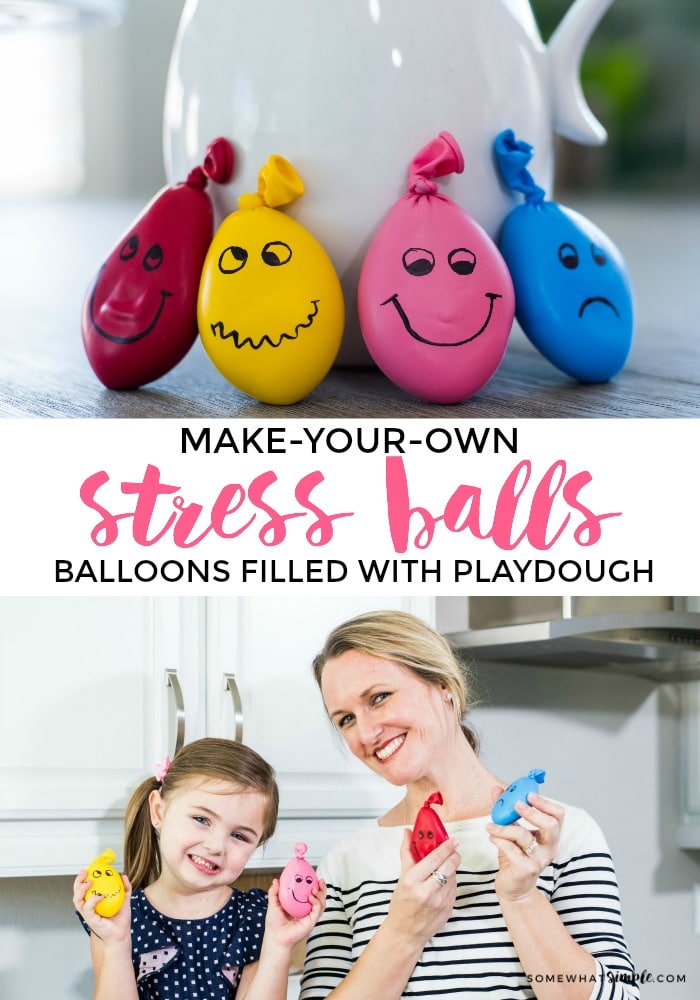WRAP-UP
Autism Unit
Now that you’ve had the Autism unit, here are a few follow up activities so you can learn more and have fun. Choose one, two or all three!
Read the book
Benji, the Bad Day and Me by Sally J. Pla
To find the book, check with your school librarian or your local library. For more ways to find books, you can click this link: Find Books!
If you have any trouble getting the book from a library, here is a read-aloud of the book on YouTube.
Enjoy this free read aloud with author Sally J. Pla!
Try This!
After you read this book, try this activity:
- Think of a time when you had a bad day. Try drawing pictures of what you remember and think of what and who made it better. Or, write a story about it. We’d love to see your artwork or read your story, so if you can, share it with us: [email protected]
Would you prefer a chapter book? Read this book by the same author!
The Someday Birds by Sally J. Pla
This book is also available as a free e-book through the Minuteman Library Network, at this link: https://find.minlib.net/iii/encore/record/C__Rb3621146

Cafeteria Challenge Activity
As you learned in our Autism presentation, we all take in information through our senses to help us understand the world around us. We all experience moments when our senses are overwhelmed with information and we feel like we want to make it stop or change. Some people with autism experience may experience this sensitivity more frequently and intensely and cannot easily “turn it off” or ignore it.
Try This!
Take a careful look at the photo of the crowded cafeteria. In the list below, identify one thing that you see that might bother each of the five senses in the first column.
In the second column, write down an idea you have for what someone could do to make the situation easier, or how you could help someone manage better as their friend.

Click on the table image to download and print a pdf of the table, or make your own on a piece of paper.

Make Your Own Stress Ball Activity
What do you do when you feel stress? One method anyone can try to help handle too much sensory information, or feelings of worry or stress, is by squeezing a stress ball. Doing this can help your body to release tension. The motion of squeezing acts as a reminder to relax the muscles that feel tight when you’re anxious or worried about something.
Try This!
These homemade stress balls are made using regular balloons and Play-Doh.
Materials Needed:
The great thing about making these DIY stress balls is that you can typically buy everything you’ll need from a dollar store so they’re very inexpensive to make.
- 1 can of Play-Doh for each stress ball you plan make
- 12″ Latex Balloons (latex allergy? You can also use plastic balloons or plastic freezer bags)
- Sharpie Marker
How To Make a Stress Ball With a Balloon:
- Roll out your play dough into a long, thin line. (I use one tub of dough per balloon)
- Stretch your balloon as wide as you can and stuff the play dough inside. (Adults can do this themselves, but kids will need help with this part.)
- Press the filled balloon to make it flat and get as much air out as possible. Tie it off with a knot.
- Add a face using your sharpie and you’re finished!
Things to talk about after you try this activity:
- What are some of the ways your body tells you when you are stressed?
- What are some of the things that help you feel better?
- What are some of the ways you help others feel better when they are stressed?

The Understanding Our Differences curriculum is protected by copyright, © 2010-2023. Understanding Our Differences, Inc. All rights reserved. The Understanding Our Differences curriculum is not to be altered, photocopied, shared with other entities, or reproduced in any way, and is not to be resold.
